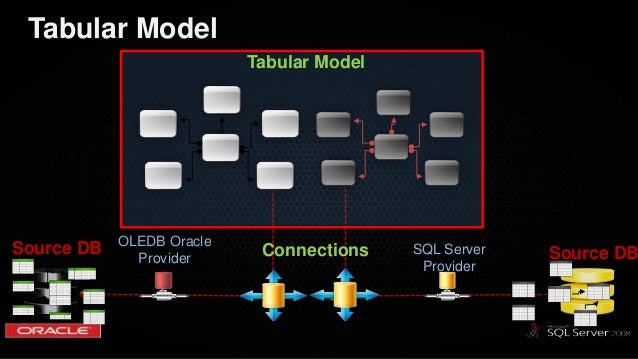
This will ensure that when filtering one side of the table, it will filter all the way through the bridge table to the table on the other side.


I've laid out the setup in the screenshots below: The core to any many-to-many relation is the bridge table containing foreign keys for both tables that you're trying to relate. your production, test and development environments.Hi Stuart, thanks for posting. You can use this setting to have different active endpoints for e.g. If you set the Active setting to False, the endpoint will not be deployed or executed in that specific environment. Note: If you use multiple environments, a related setting is available for each endpoint in Environment Properties. (Optional) Click Guard on deployment or Guard on execution to prevent the model from being deployed or executed.Note: Settings that only applies to some endpoint types are marked with an info icon with a tooltip that lists the endpoint types. Settings unique to these endpoints will then be hidden in the user interface. Under Show settings for these endpoints, clear the checkbox next to endpoint types that you will not be using.Enter a name for the model in the Name box.In the Solution Explorer, right click Semantic Layer and click Add Semantic Model.To add a semantic model, follow the steps below. Analysis Services Tabular ("SSAS Tabular" for short).Currently, the following endpoints are supported:

How data is deployed to the endpoint depends on the application. Endpoints are application specific adapters that connect to a client application such as PowerBI or Qlik Sense.

As the name suggest, semantic models are part of the semantic layer that "translates" data into forms usable by business users.Įach semantic model can be deployed to one or more endpoints. In TimeXtender, semantic models, along with SSAS Multidimensional Cubes, serve as the last stop before analysis and visualization tools. Data is not very much use if it is not put to use.


 0 kommentar(er)
0 kommentar(er)
